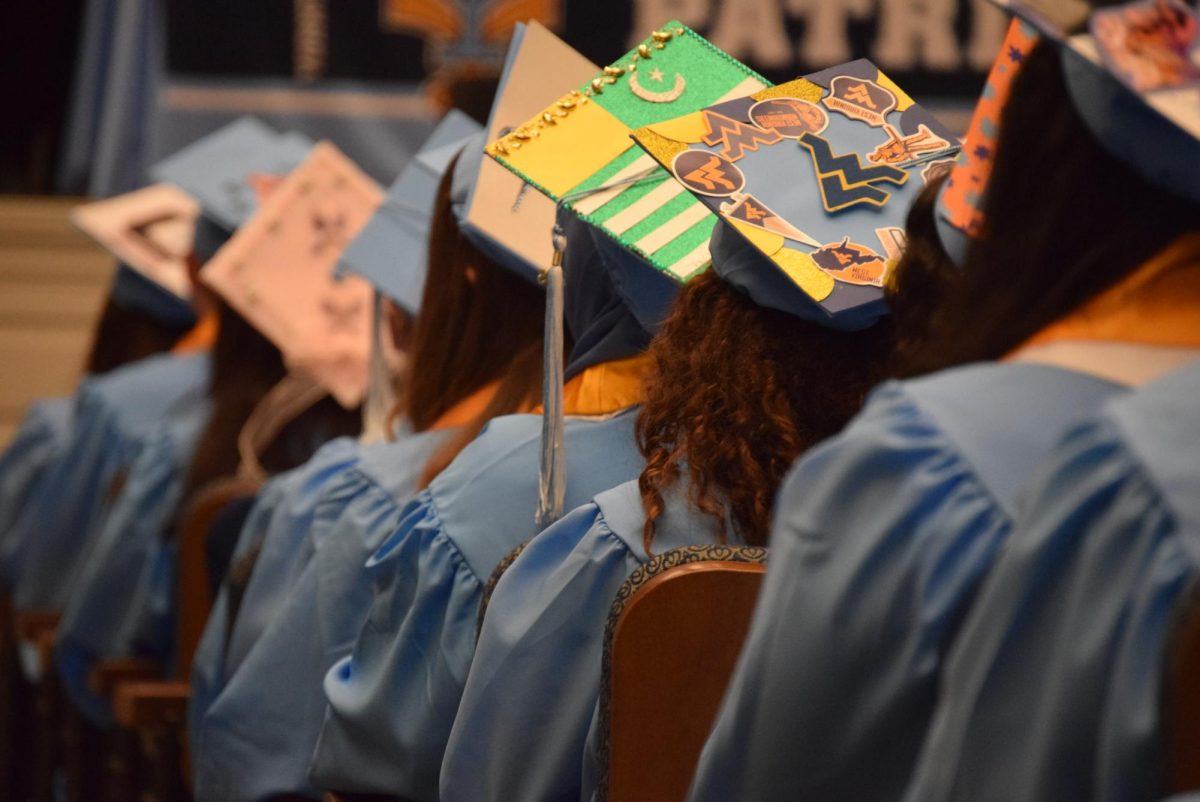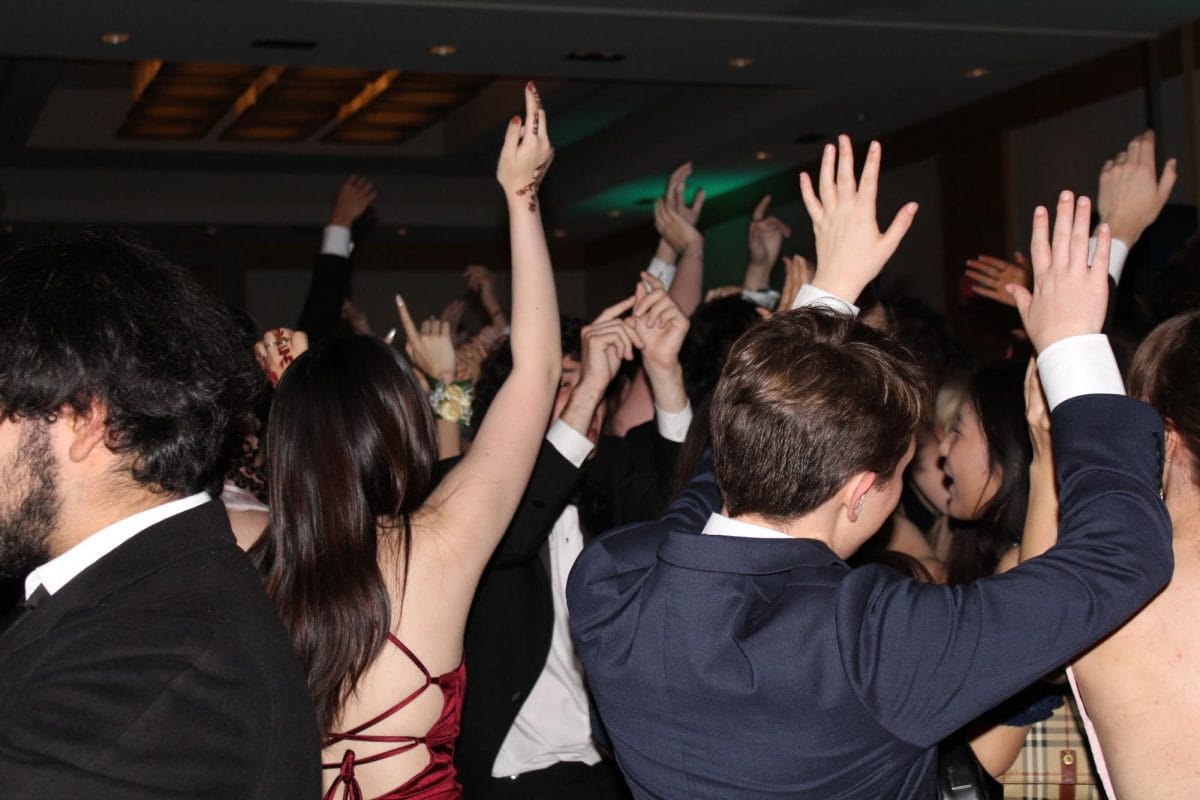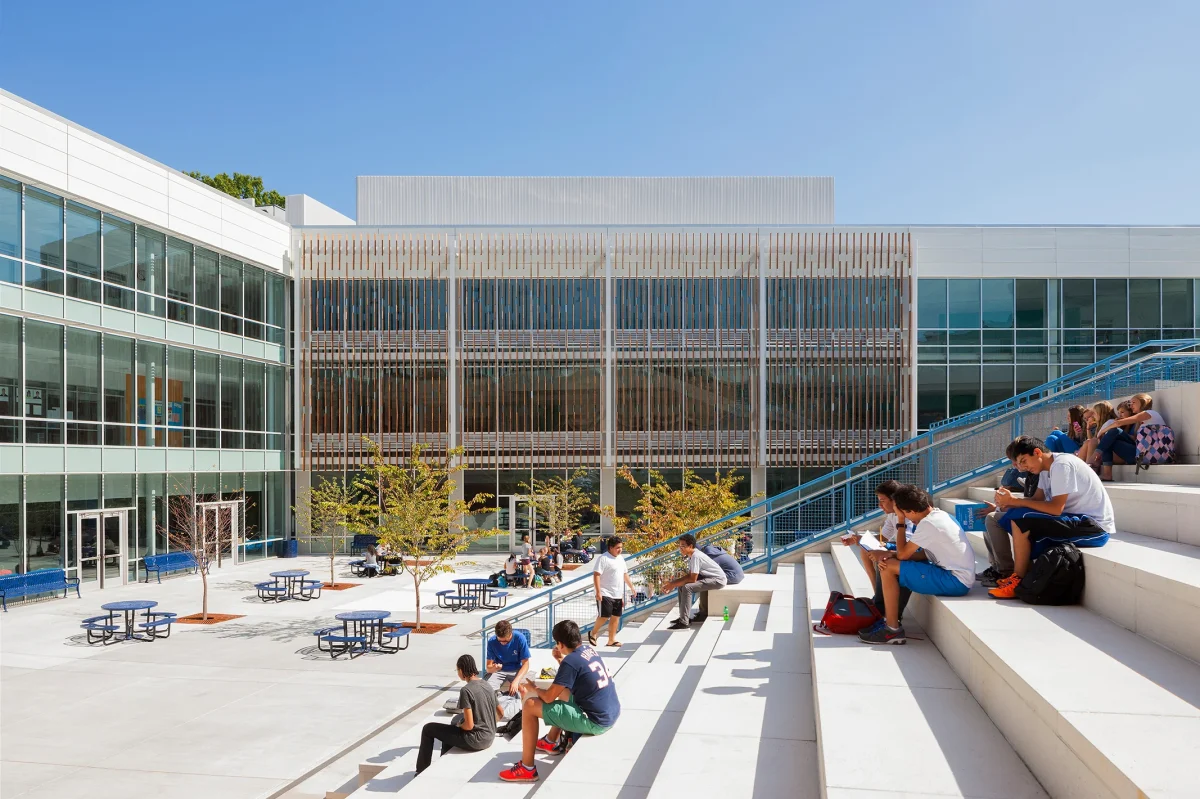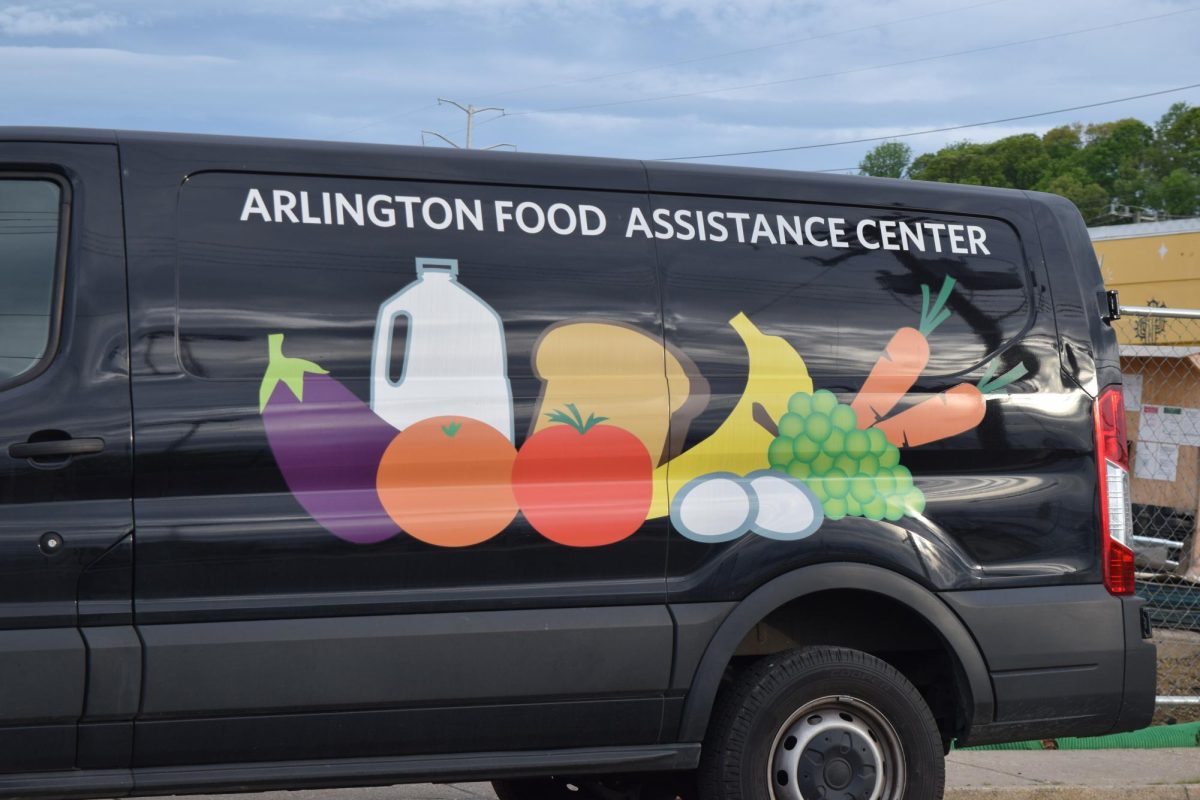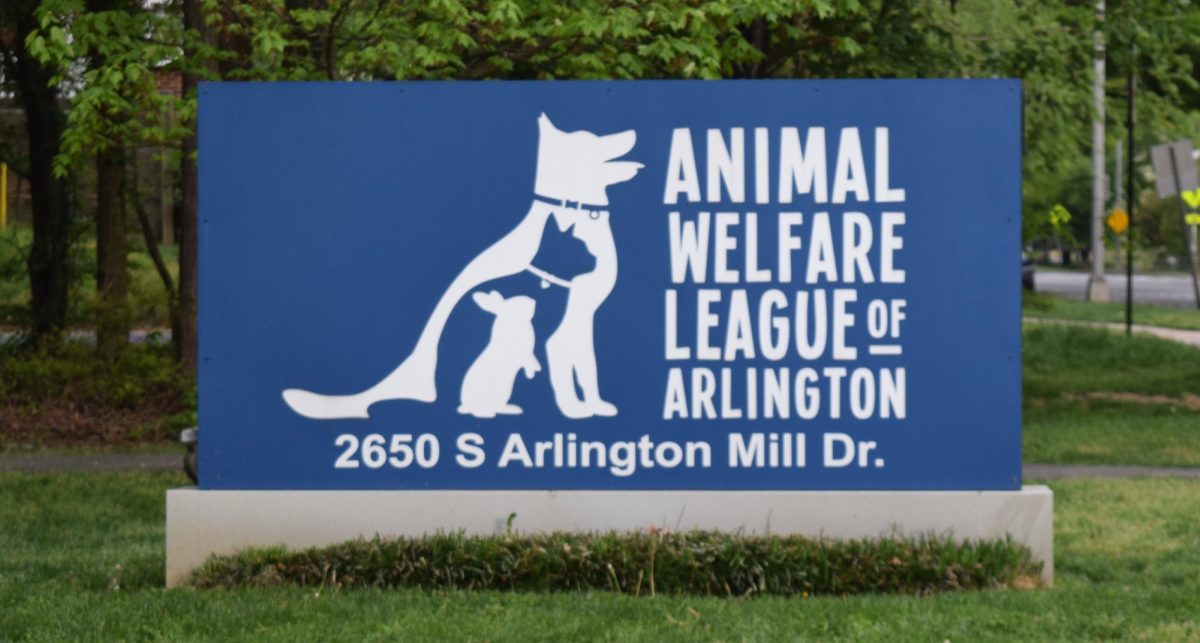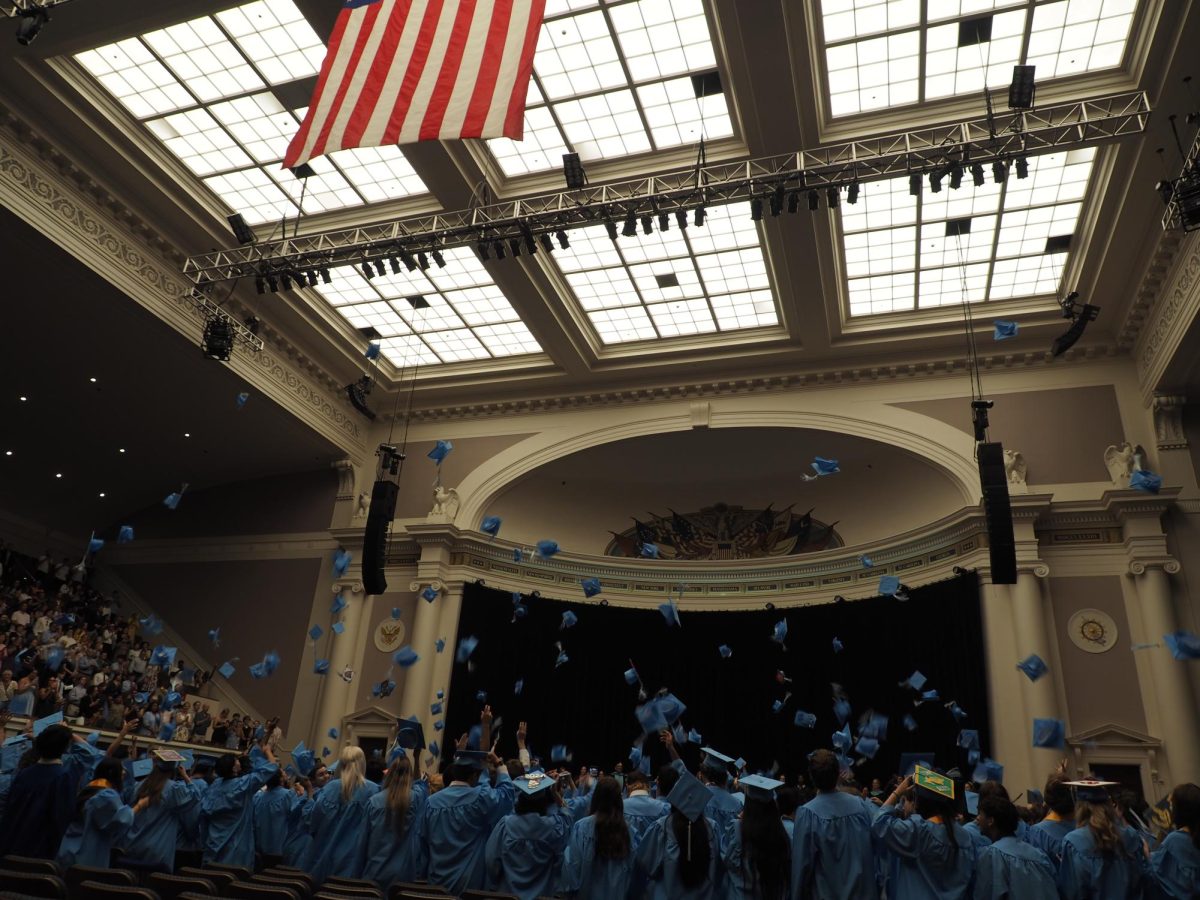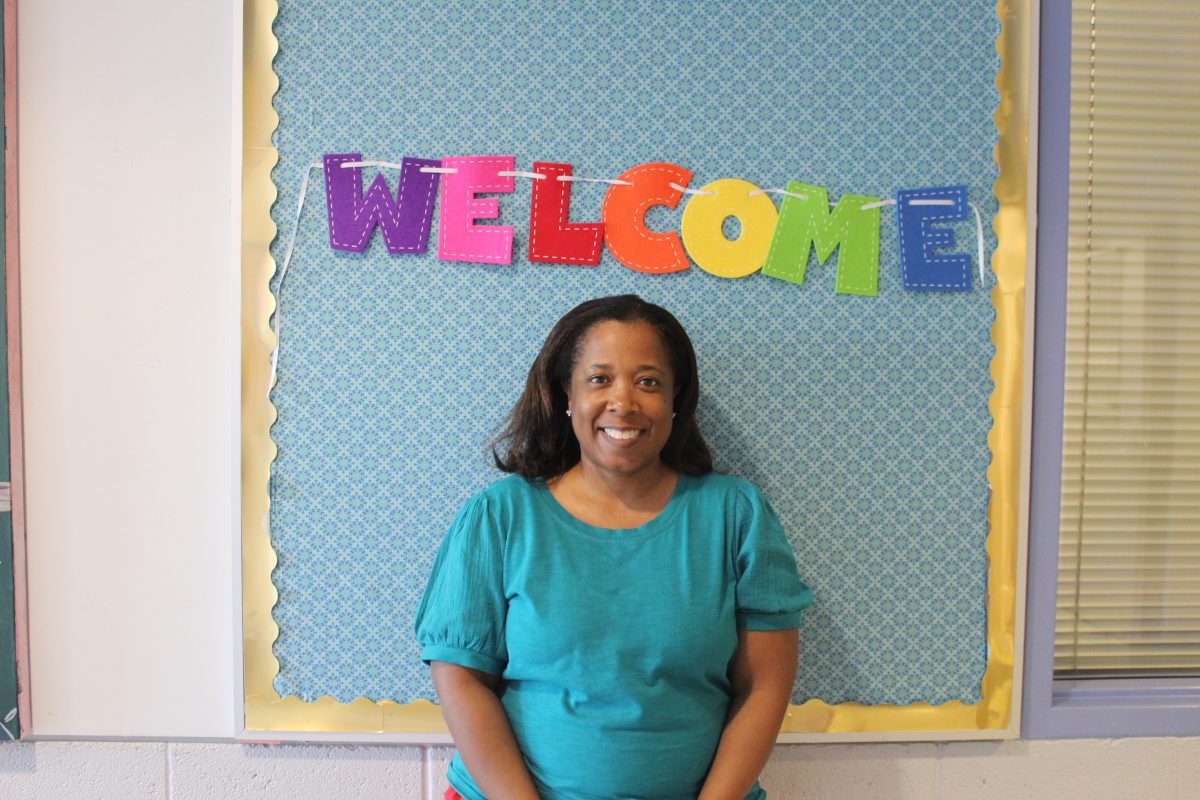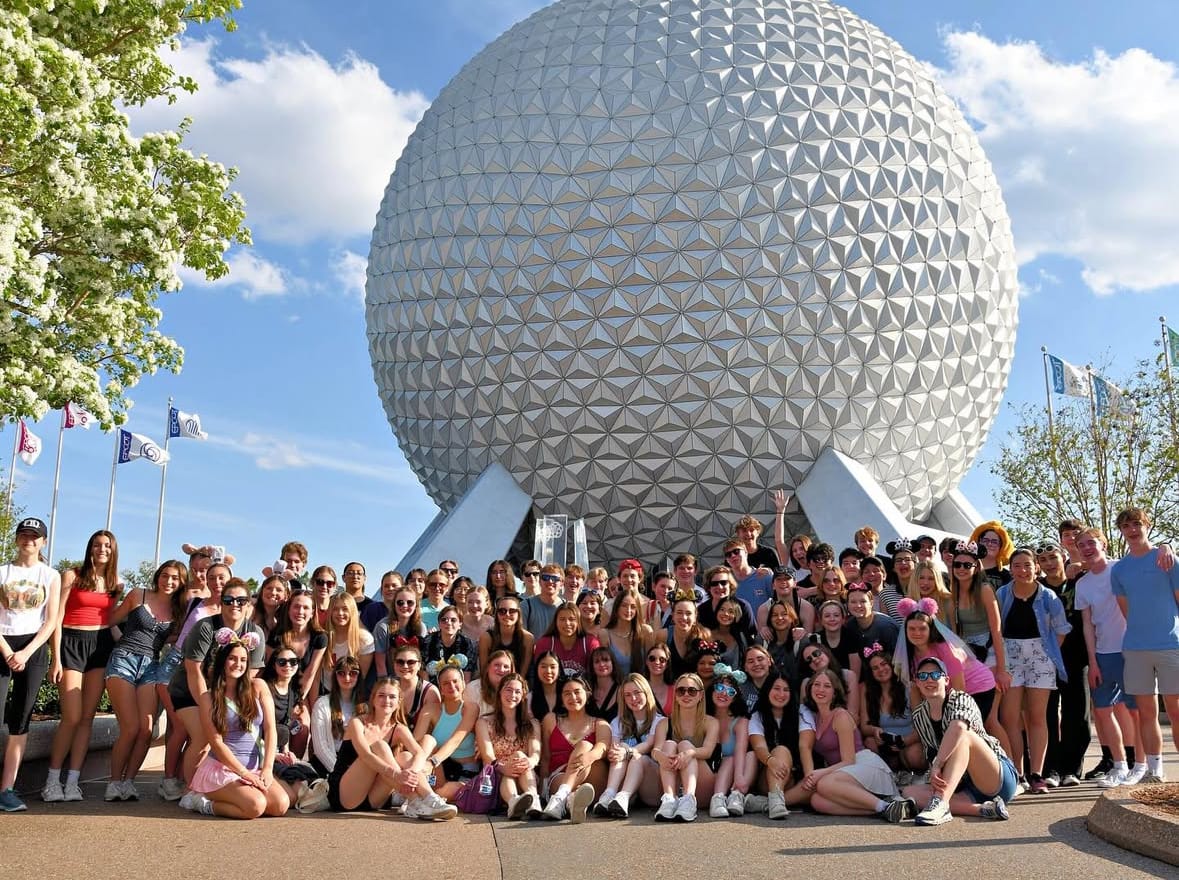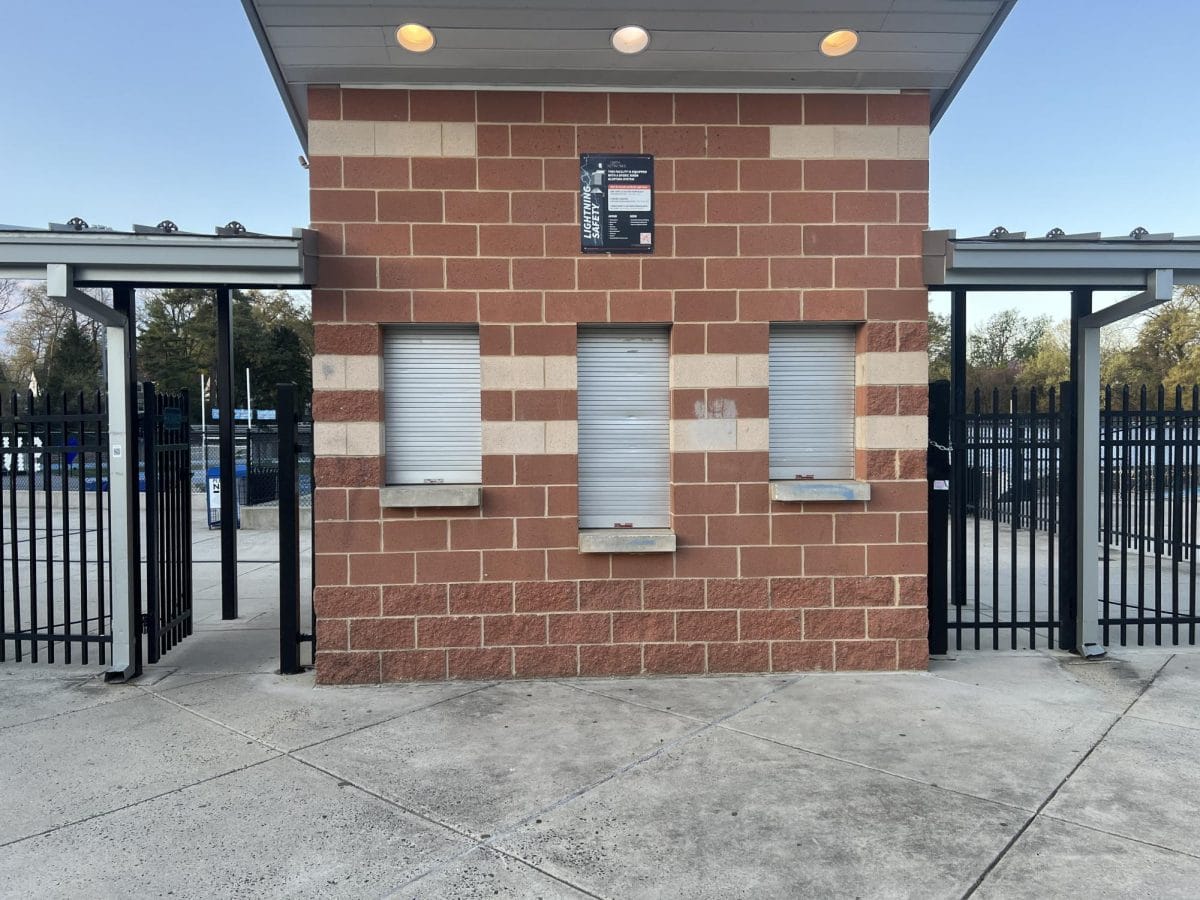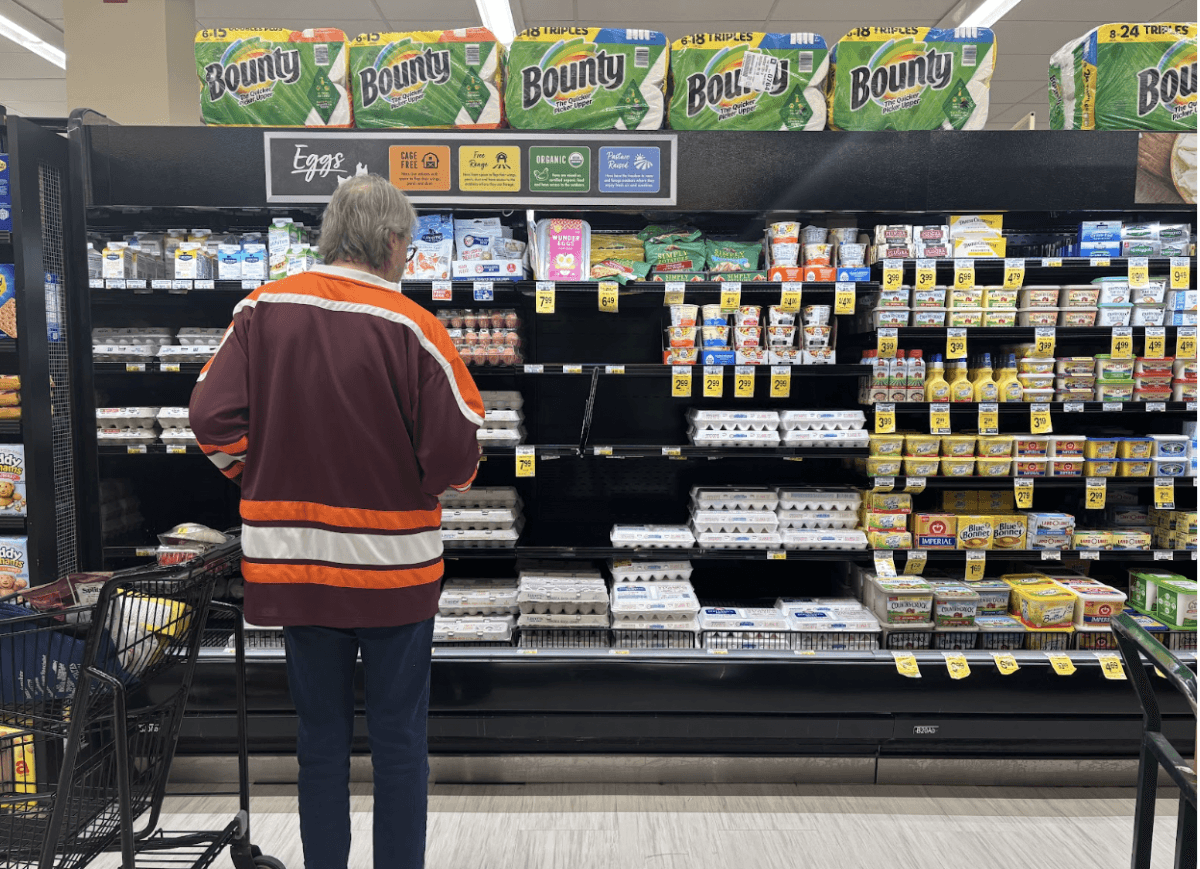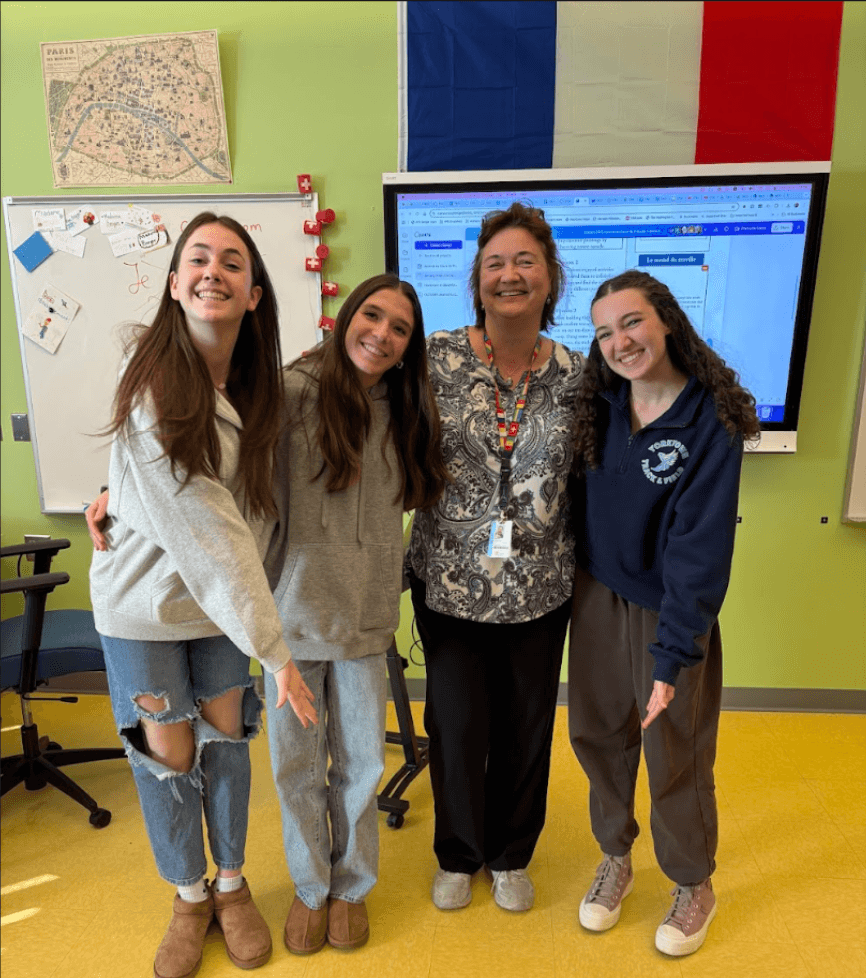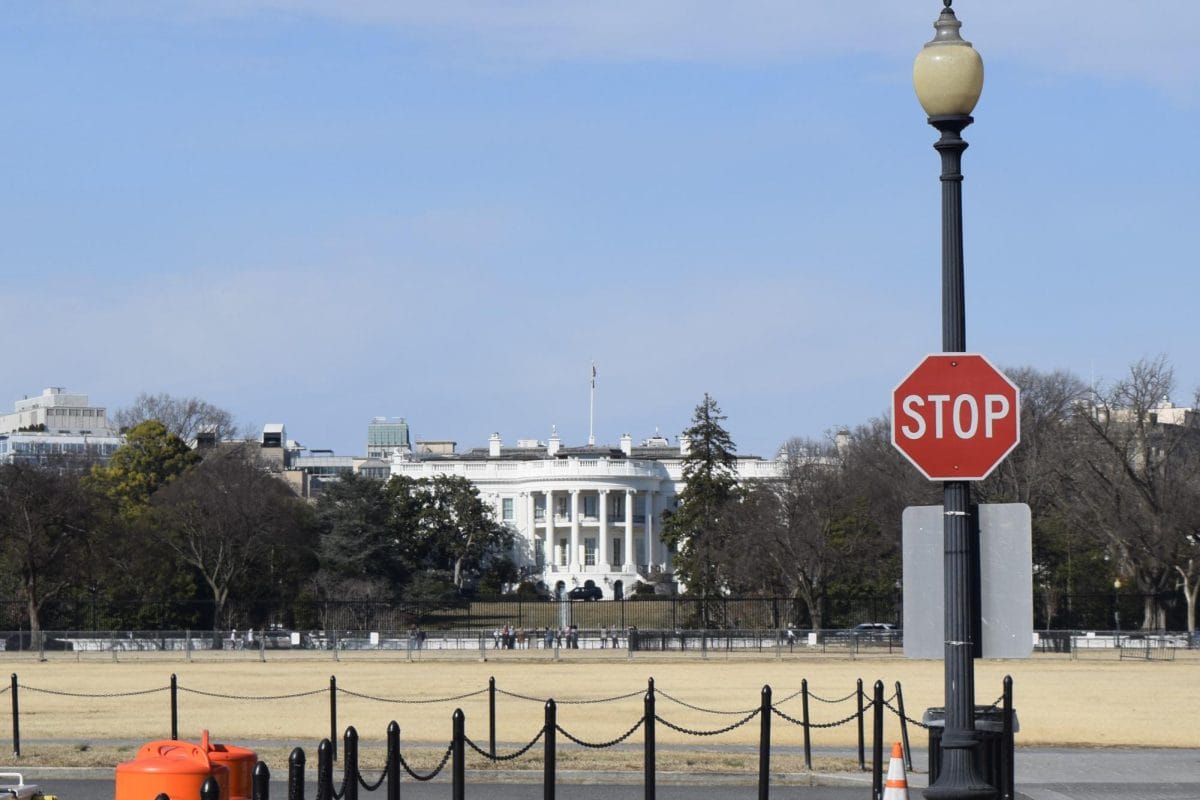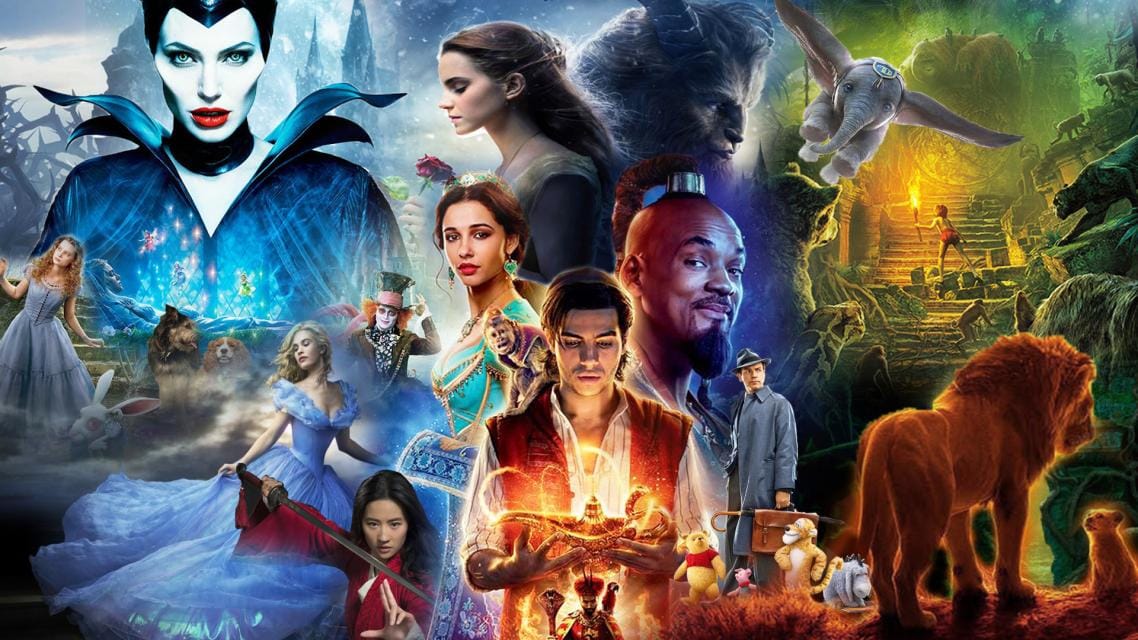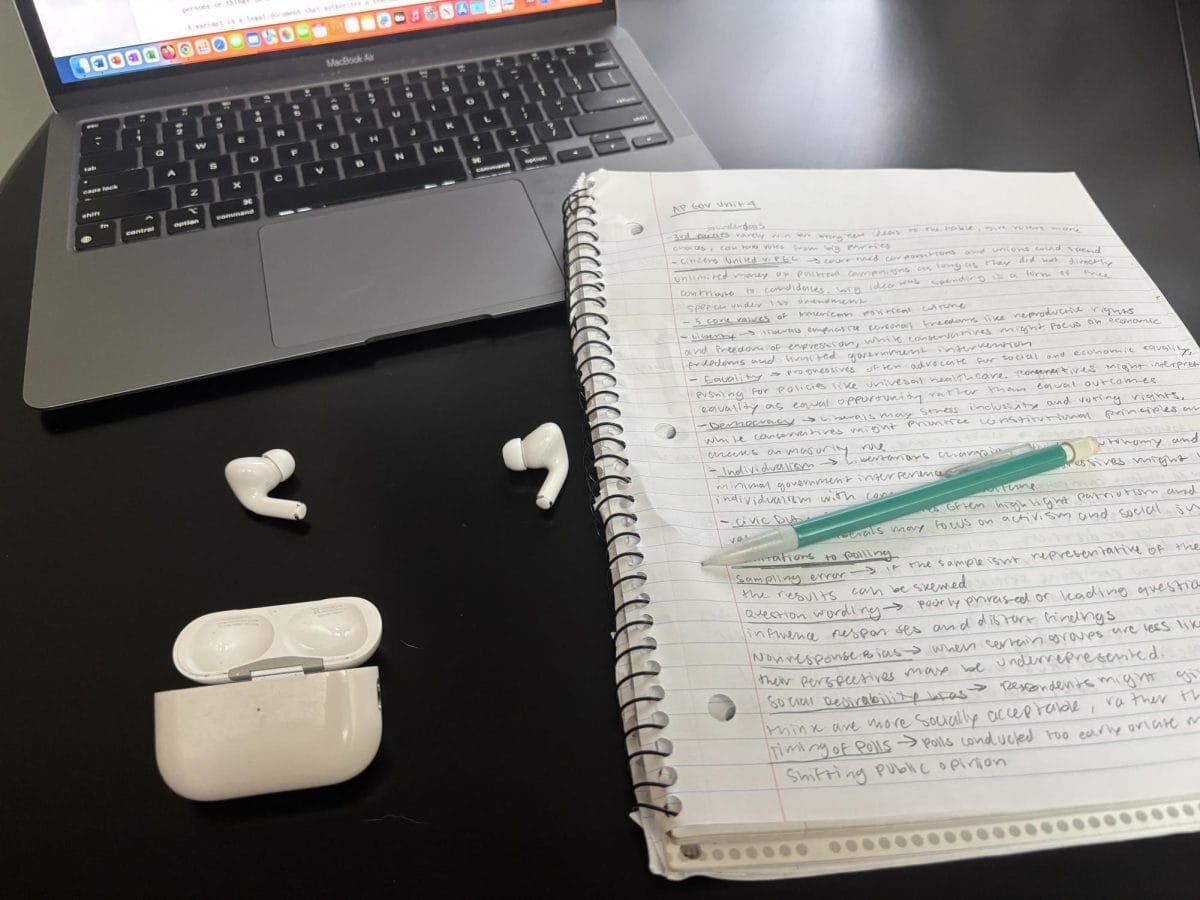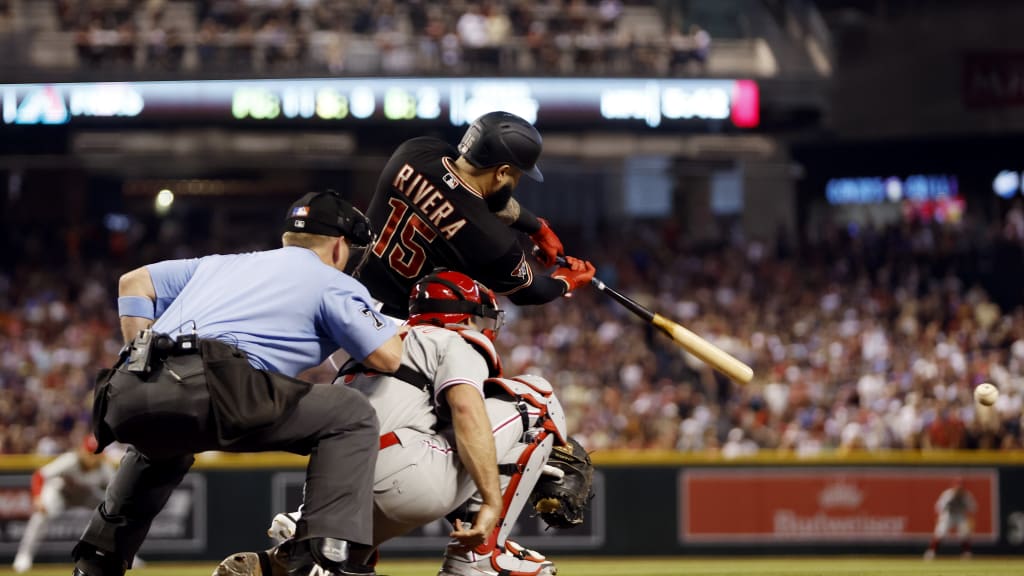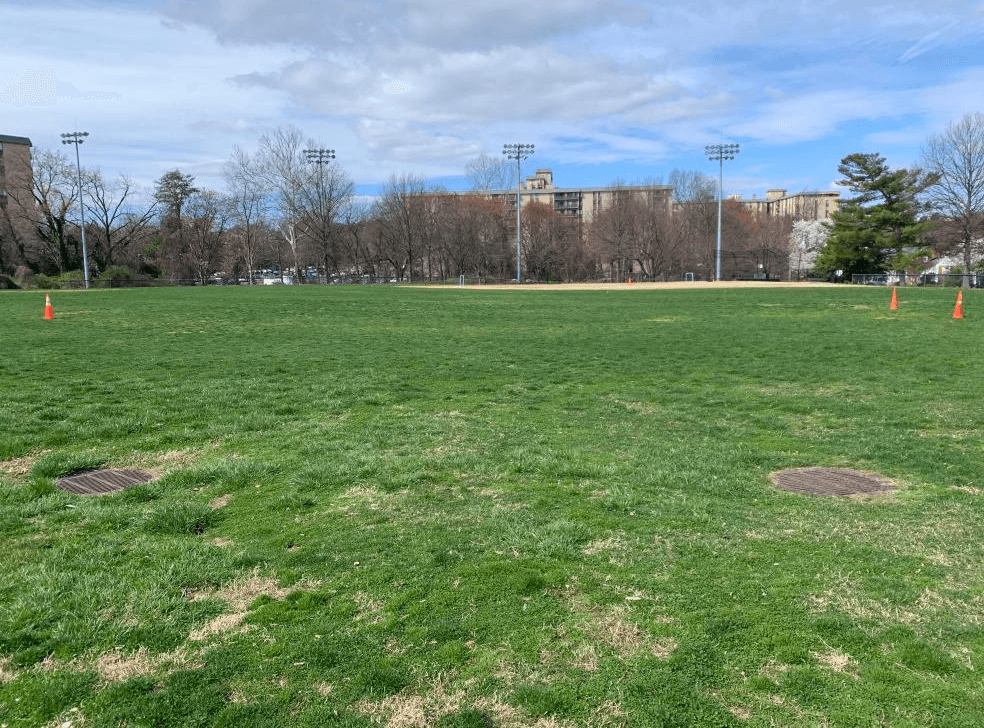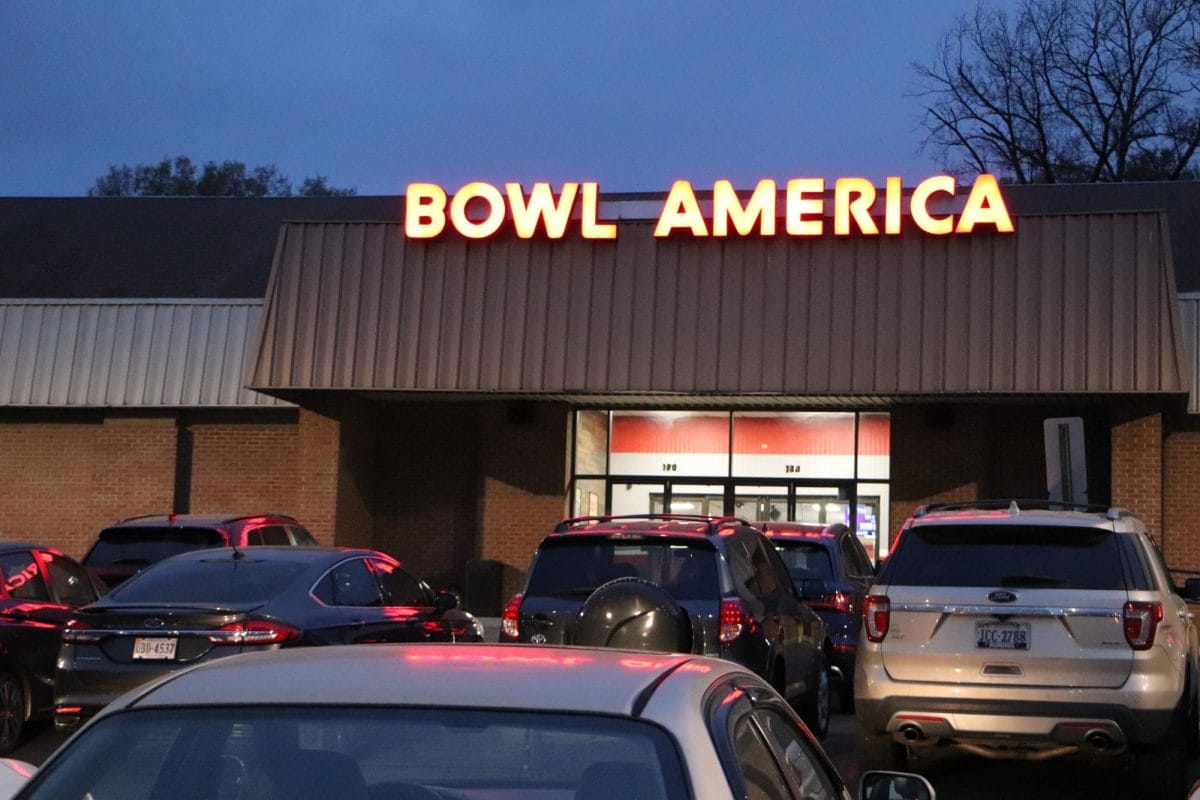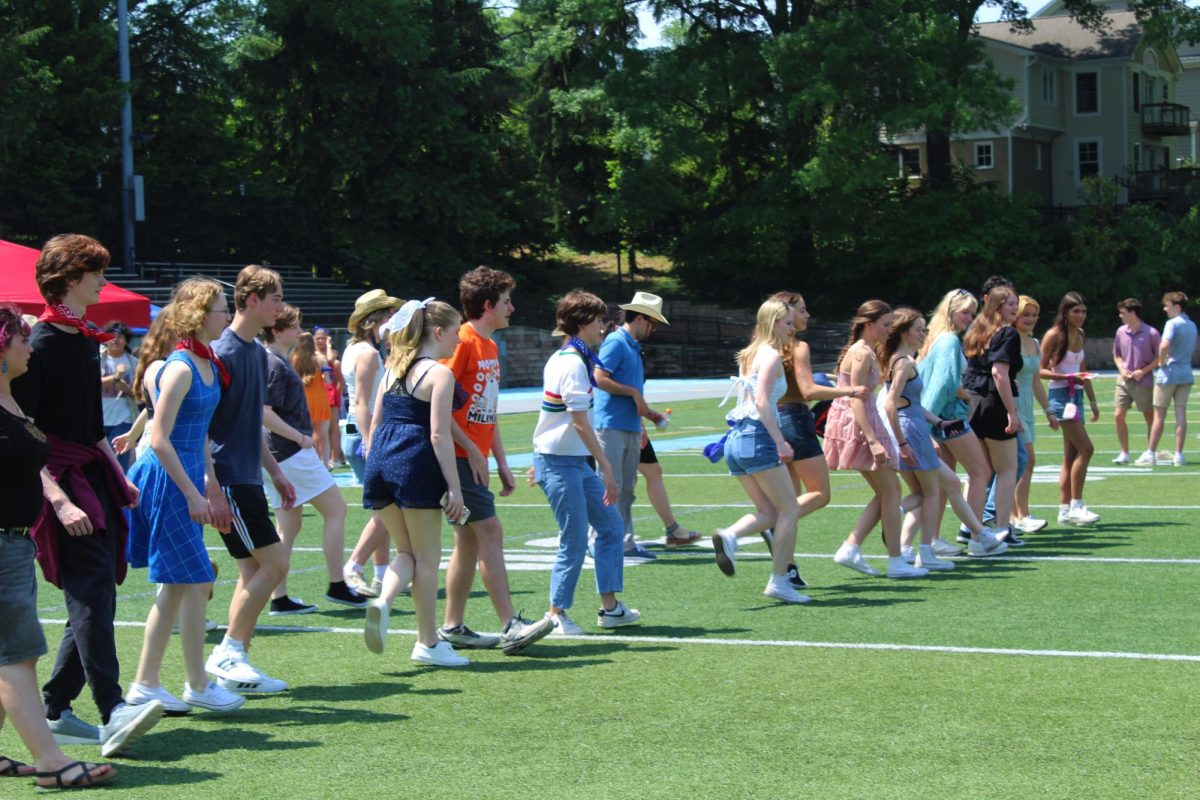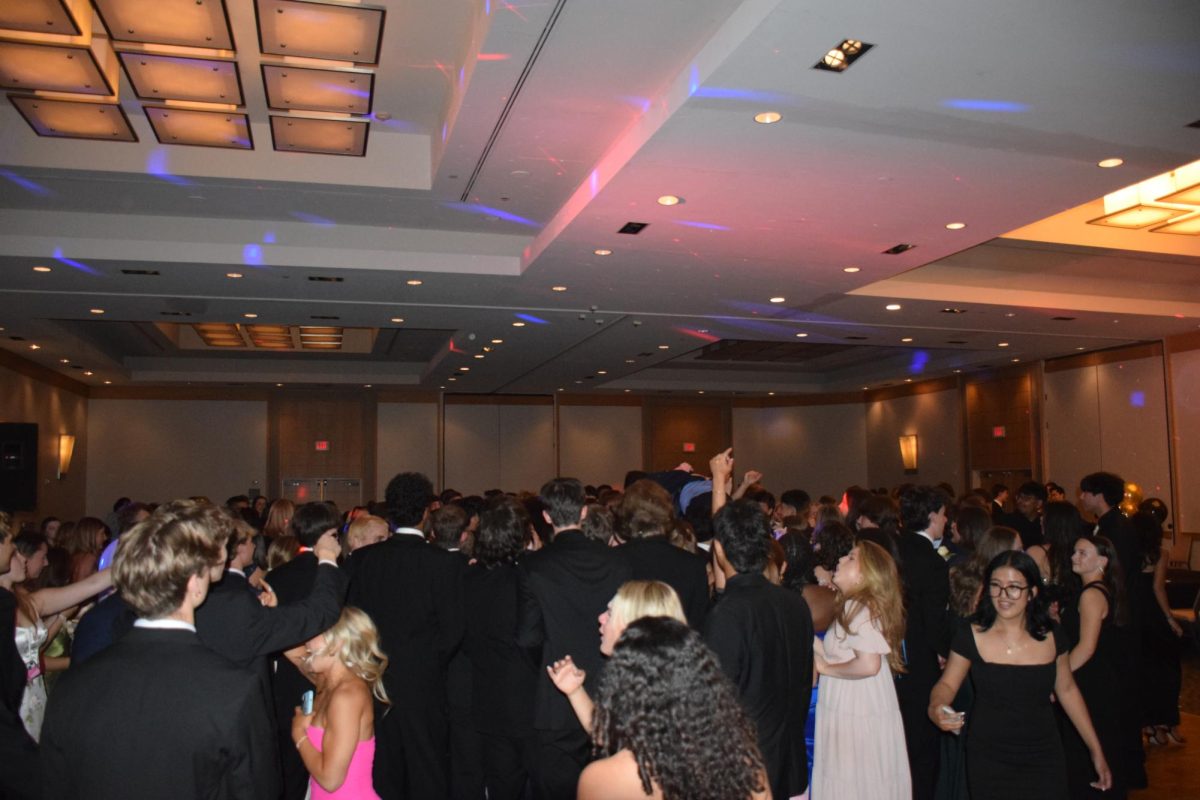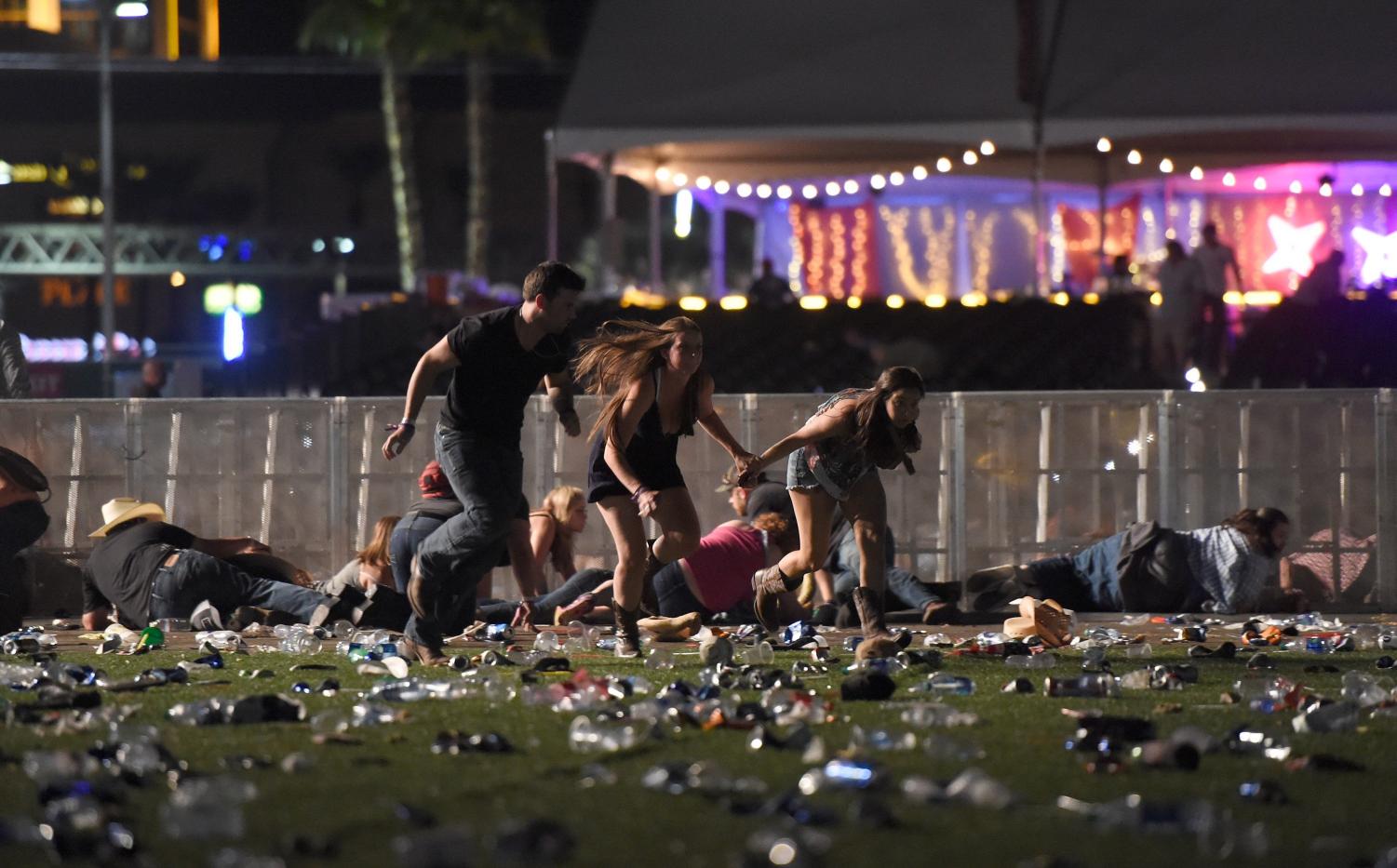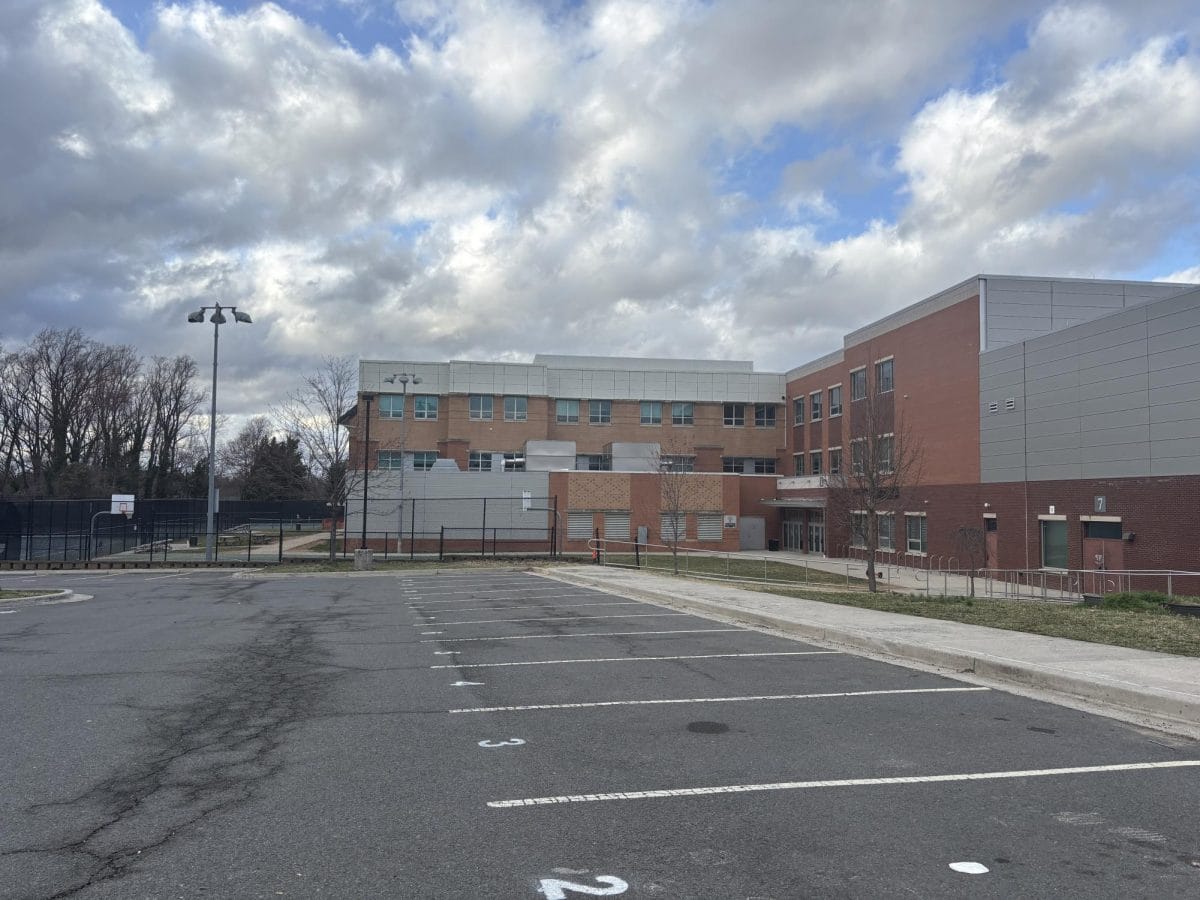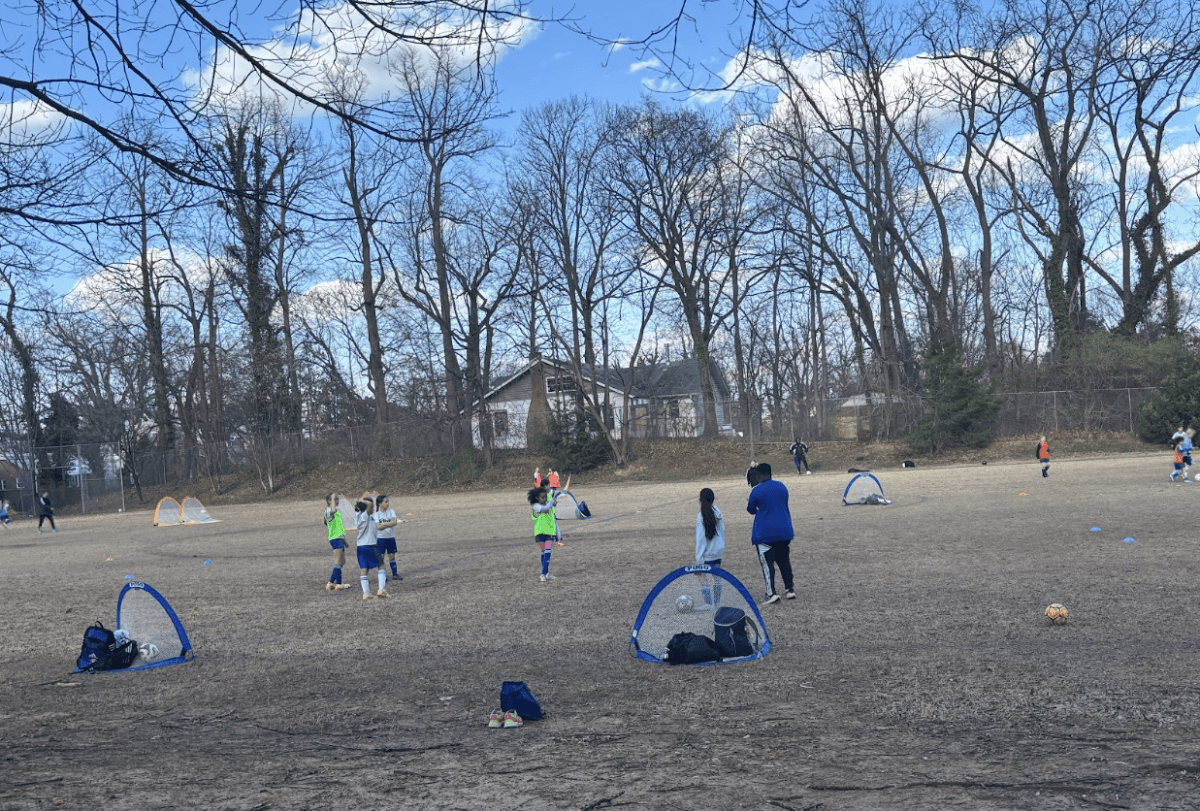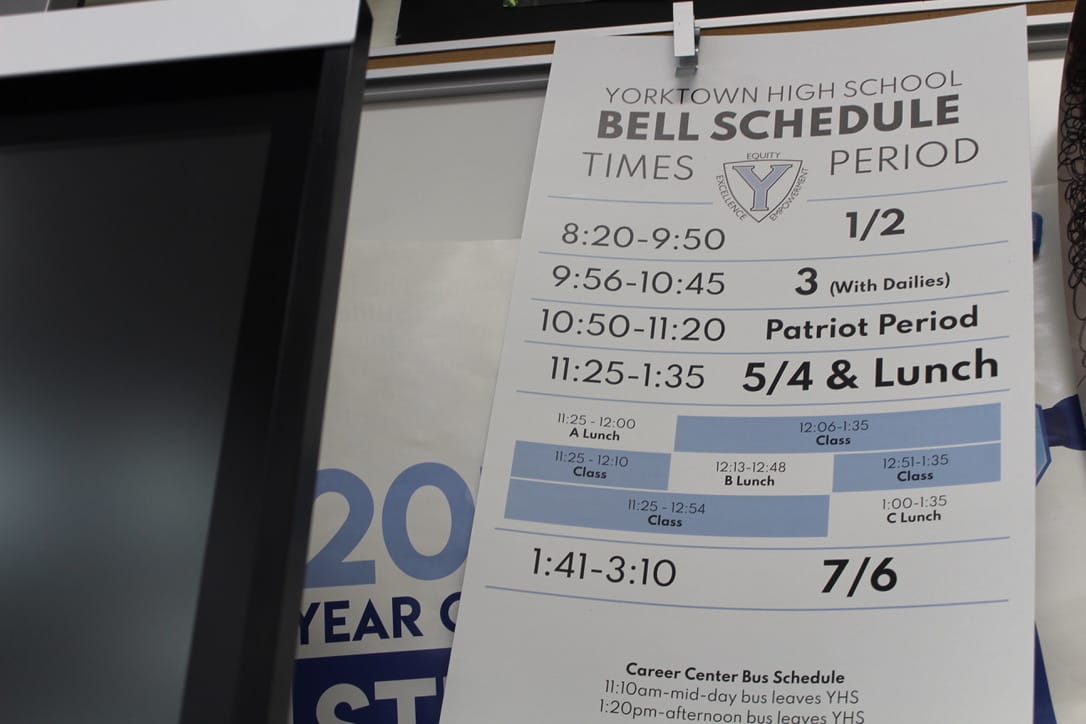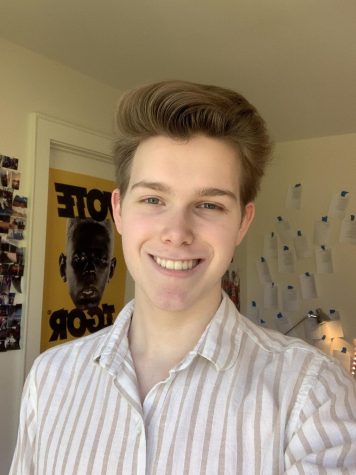After Nikolas Cruz walked into Marjory Stoneman Douglas High School in Parkland, Florida and killed 17 of his former classmates, America thought things might finally change. Students, in a state of simultaneous terror and invigoration, found their voices to advocate for their own safety, now with genuine platforms to make those voices heard. In Washington, D.C. and other cities across the nation, countless people participated in the March for Our Lives, with an estimated number of 200,000 marching in the District alone. Parkland students like David Miles Hogg became overnight activists, leading the charge to ban semi-automatic weapons, like the AR-15 used in the shooting, as well as technology that enabled mass shootings, such as bump stocks. For the first time since the Columbine shooting in 1999, the nation was truly, deeply troubled by a mass shooting – and this time, it seemed like that unrest would last. The mostly-student-led movement to make schools and the nation safe from the threat of gun violence at last had momentum to carry it. Finally, America was ready for change.
Or so it seemed. Nine months later, there has been no such change. Parkland, in the same fashion as all mass shootings, has faded into obscurity. AR-15s and bump stocks remain legal and no meaningful legislation has been put into place at the national level. Conspiracies of mass shootings being premeditated hoaxes are wildly popular amongst the alt-right, people like Kaitlin Bennett run rampant on Twitter, Tumblr sympathizes with mass-murderers, and kids still shoot up their schools.
The problem now, which ironically seems to be even more prominent than in the days before Parkland, is that America has stopped caring. In the three-month period after the shooting in Parkland, five more school shootings took place. Only one, the shooting in Santa Fe, Texas, received comprehensive or extensive media attention. In the wakes of such tragedies, we saw the then-cliché hashtags of #PrayForParkland and #PrayForSantaFe – but where were #PrayForSSU, #PrayForCMU, #PrayForHuffman and #PrayForGreatMills?
Not that hashtags with the word “pray” in them do anything to help the situation at hand – In fact, they do the opposite. The very idea that we, as a society, have invented what is essentially a template for acknowledging a tragedy is deeply troubling. In the face of what has become a ubiquitous trend of never-ending mass carnage, the slaughter of innocent human beings, our first instinct is not to reach out, to discuss, or to comfort one another; it is to open Snapchat and against a black background type “#PrayFor___,” and then return to whatever trivial matter was previously at hand.
The American vernacular itself has even found ways to more concisely refer to senseless mass-murder, employing the use of near-Orwellian doublespeak. Take, for instance, when a representative of Santa Fe High School referred to the murder of 10 of its students simply as “an incident […] at the high school involving an active shooter.” Formal language aside, the word choice here is next to dehumanizing. Based on the statement issued, what happened to those 10 students was not an act of senseless violence, it was not a mass murder, it was not a tragedy; it was an incident.
The implications of reducing events so gruesome and horrifying to one-word terms or hyphenated phrases are frightening in their own right. The use of a blanket term like incident forces one to think about such things more in the abstract – after all, an incident can mean many different things. With an incident, there is a good deal of room for ambiguity regarding details; details such as whether or not anyone was killed or injured, if such death and/or injury were intentional, or how many fell victim to said incident. The same stands true, to a lesser degree, with nearly all terms we use to describe such tragedies: incident, shooting, murder – even mass shooting.
A shooting is a shooting regardless as to whether or not anyone was shot. Murder is murder regardless of how many died. A mass shooting can qualify as a mass shooting as soon as four people are shot. And the tragic reality that we face nearly every week when we see these words sprinkled across the headlines is that none of them – not even one – can portray these tragedies for what they really are. They are senseless acts of violence, ones that rip away the lives and futures of innocent people, young and old, tearing gashes into their families and communities. They cause infinite and suffering despair for all Americans, the lives of the innocent taken in vain, all for their names and stories to be forgotten as soon as their hashtags stop trending and a new set of dead Americans take their place. The cycle continues until, finally, the nation gets tired of keeping up with death after death, and begins to ignore it altogether.
All of this is to say that we have become dismissive. Not of the reality of such horrifying acts, but of their nature. With the infinite cycle of violence and death that pervades all of America, from the average of eight people who are shot in Chicago every day in 2018 to the mass-shootings that occur in small towns throughout the country, the nation has become all too accustomed to death and domestic terror. It takes a situation distinctly American to make headlines detailing the deaths of 12 people in a California bar seem no more surprising or important than the Dodgers losing the World Series. It seems as if America has given up. The unspoken mentality that seems to linger in our minds is that of exasperation, of Americans who are tired of having the same conversation every time people die in another town. After all, why bother to talk about today’s mass shooting when the next week or two will bring yet another with what could be an even higher body count? This is the rhythm we have fallen into, where day after day, while the sun rises and sets, more innocent people die, their deaths as regular and predictable as the phases of the moon.
To adjust to the regularity of mass shootings is to become complicit; to reduce their gruesome and destructive nature to a regular inconvenience is beyond dangerous. In addition to creating an environment that passes on mass murder as something dismissable, complacency also keeps the nation from passing laws and taking the necessary steps to decrease the regularity of such tragedies. After all, it becomes more and more difficult to justify a ban on assault rifles when the destruction which they regularly create becomes increasingly mundane. America is stuck in a precarious position, stuck between a world where mass shootings are condemned and another where they are just as normal and little-discussed as interstate pileups. We cannot let ourselves slip entirely into that second world, where people die en masse without so much as simple acknowledgement. America has to do exactly the opposite – it has to wake up from its traumatic state of shock and once again condemn mass shootings with the same fervor it did after Columbine and Parkland. The nation cannot become complacent; it cannot normalize murder as if it is something to be accepted. America must refuse to adjust, lest its children continue to die.


